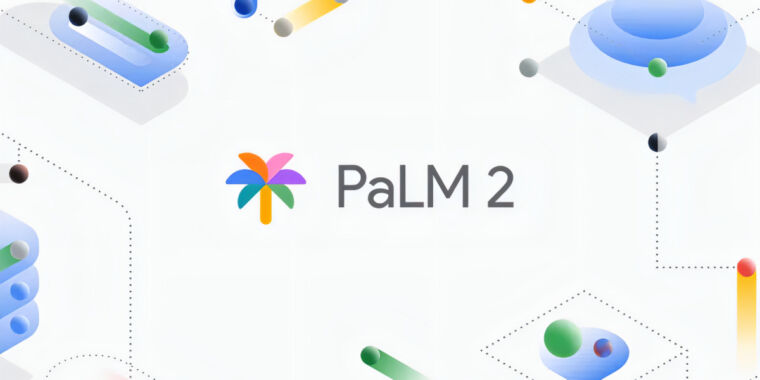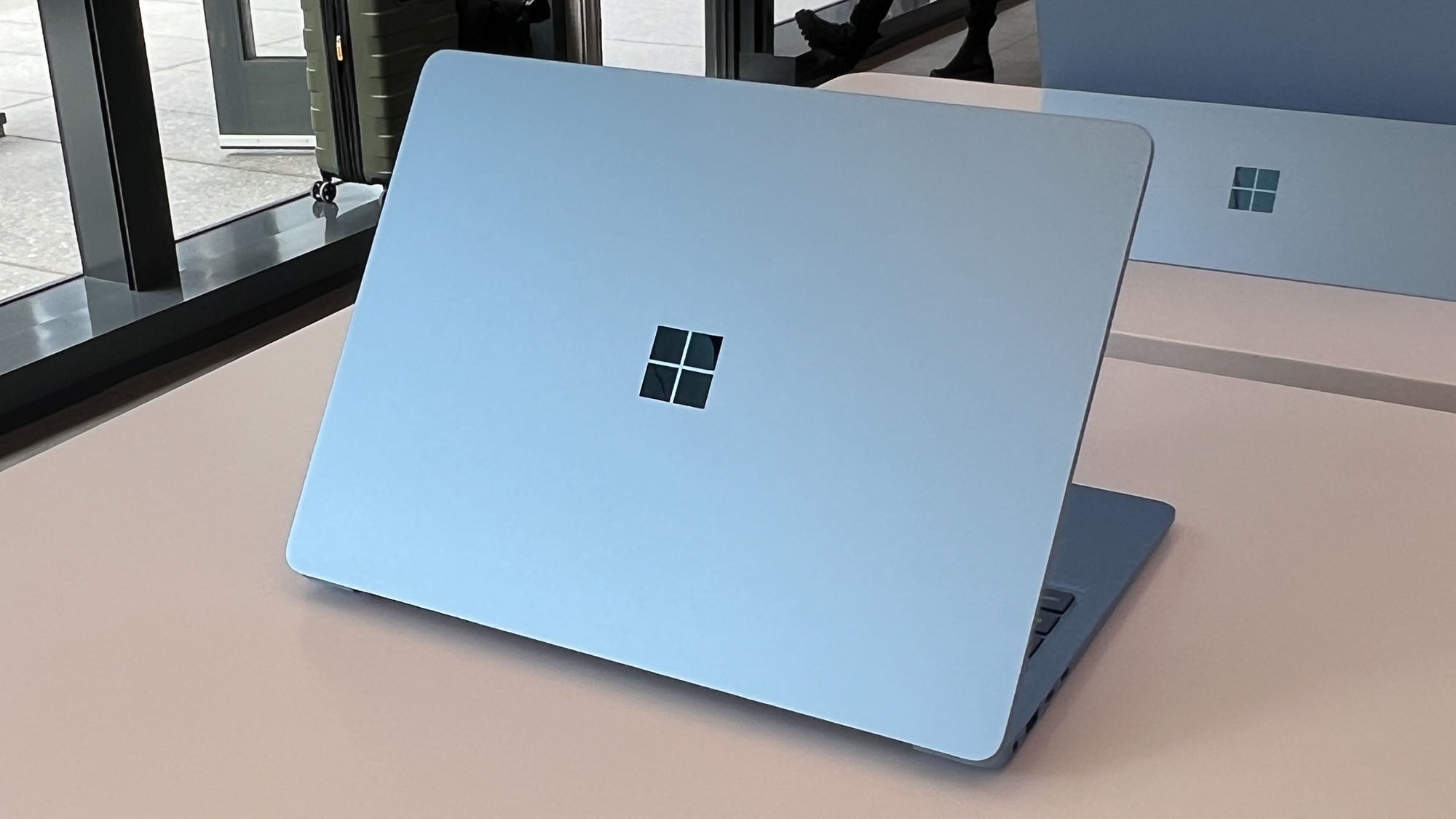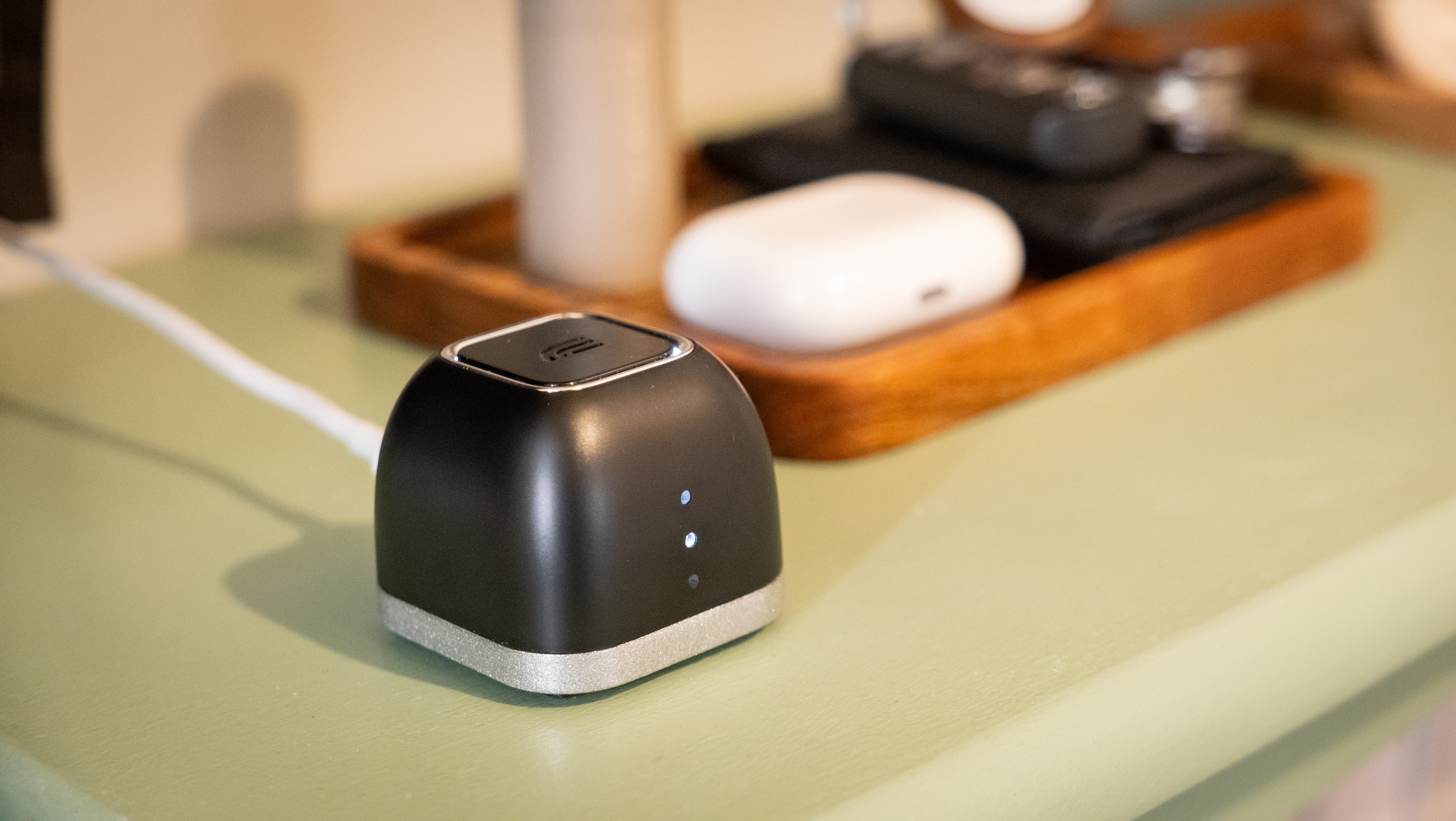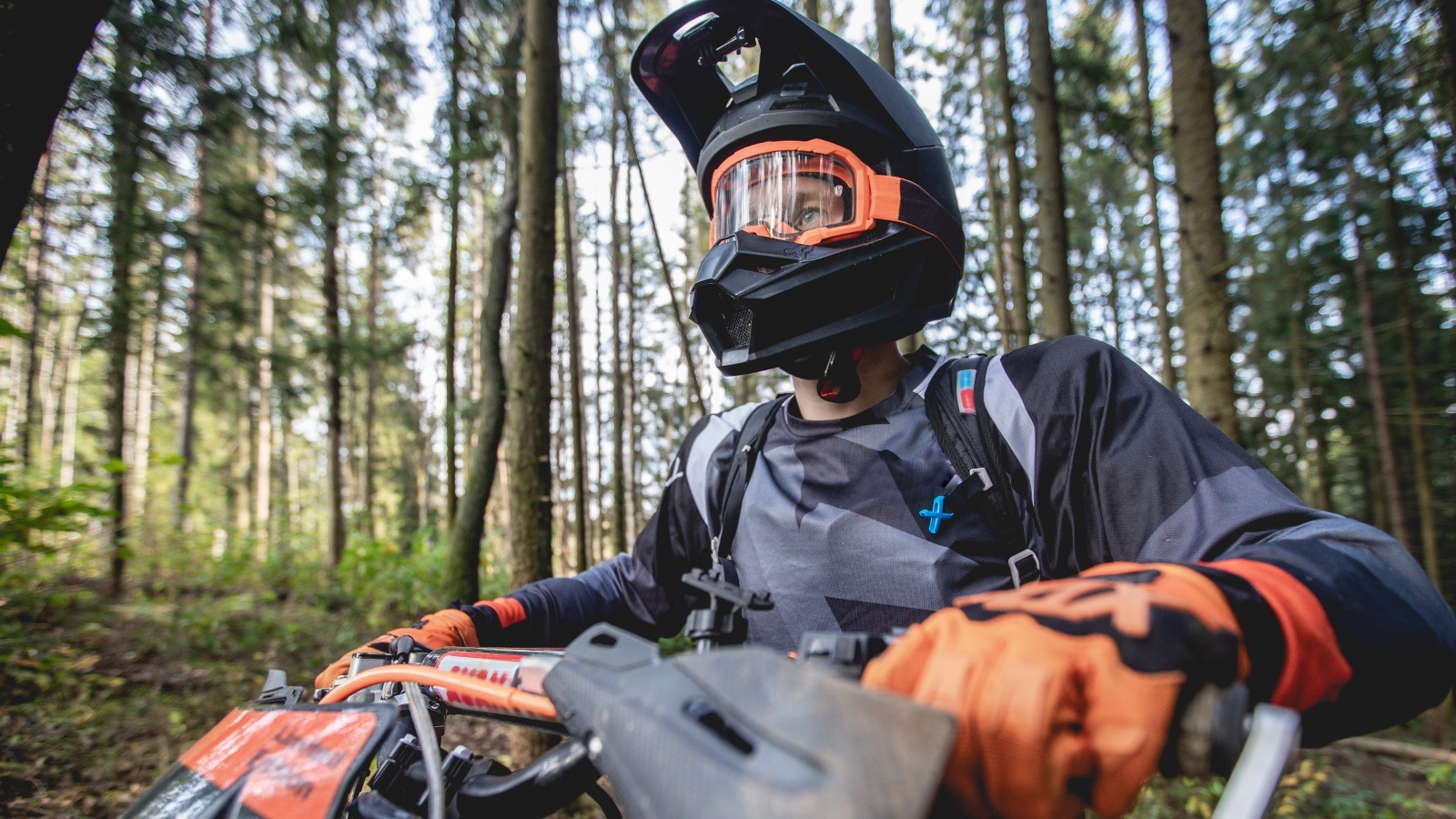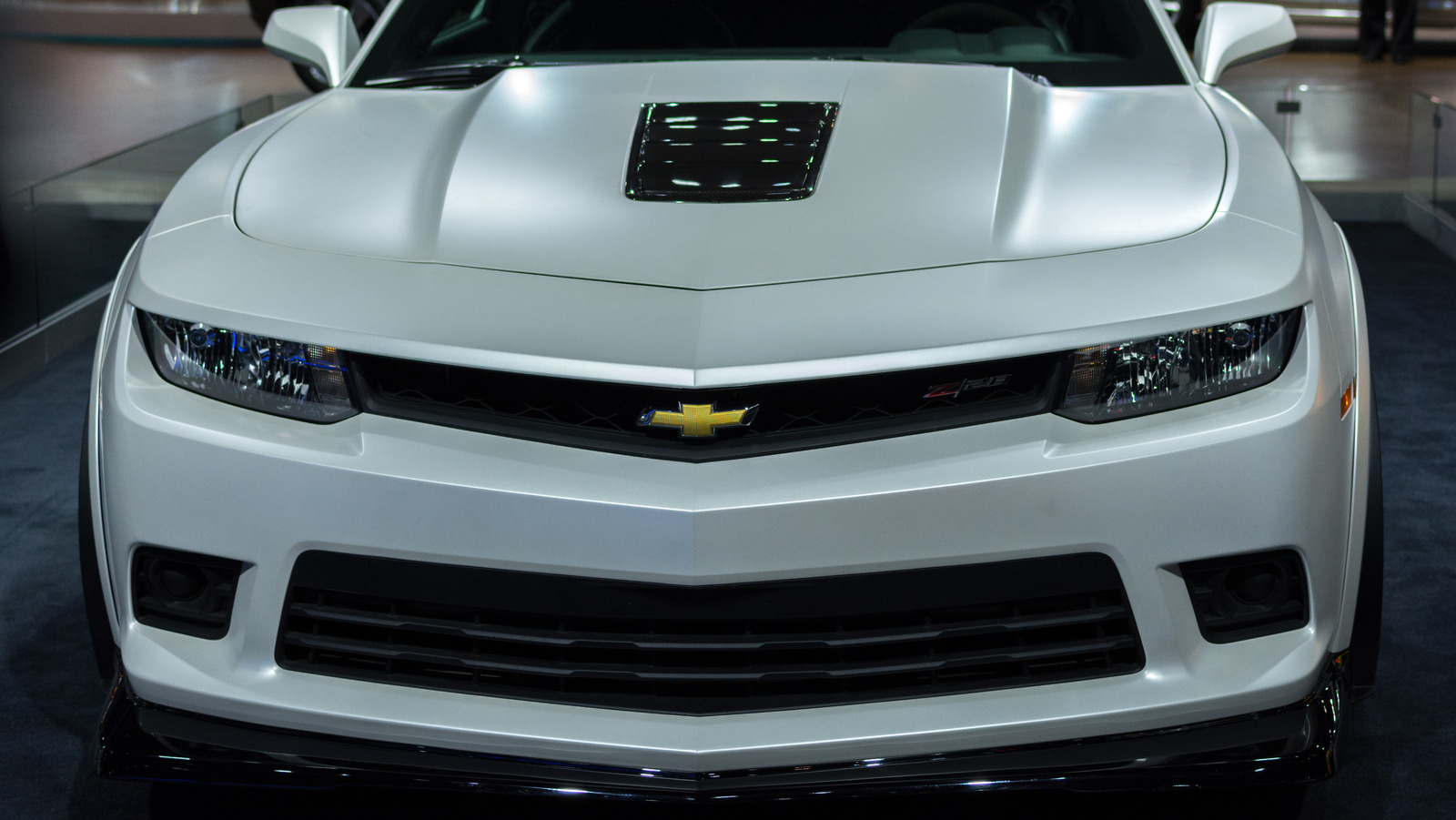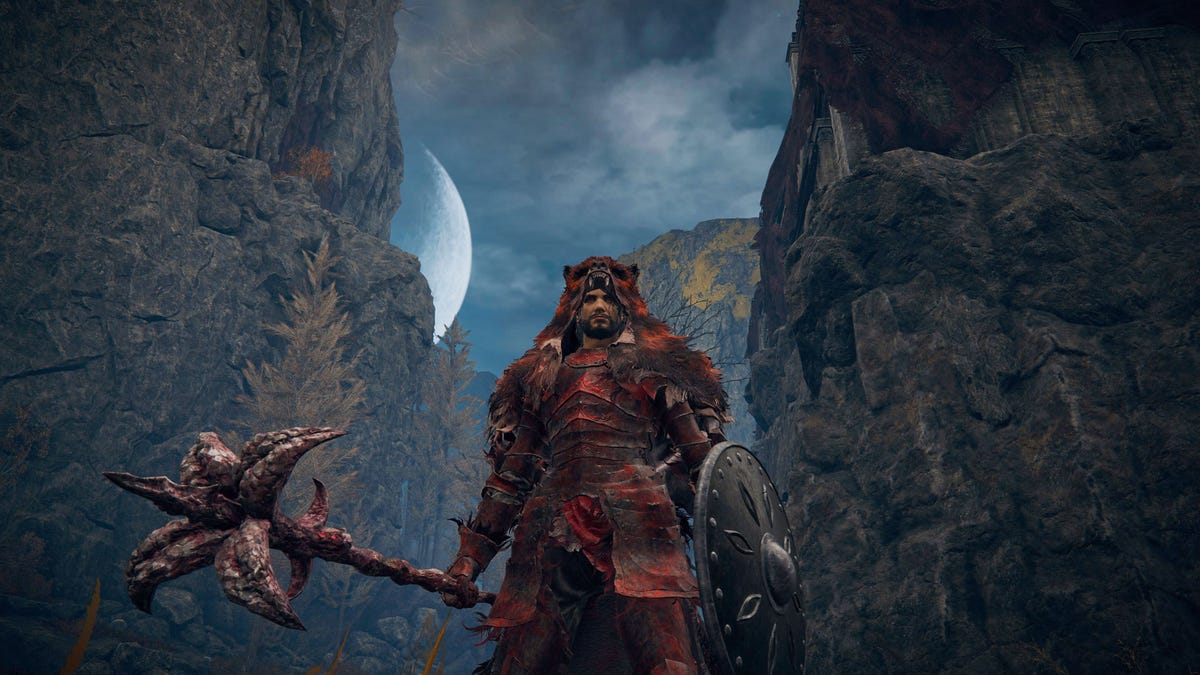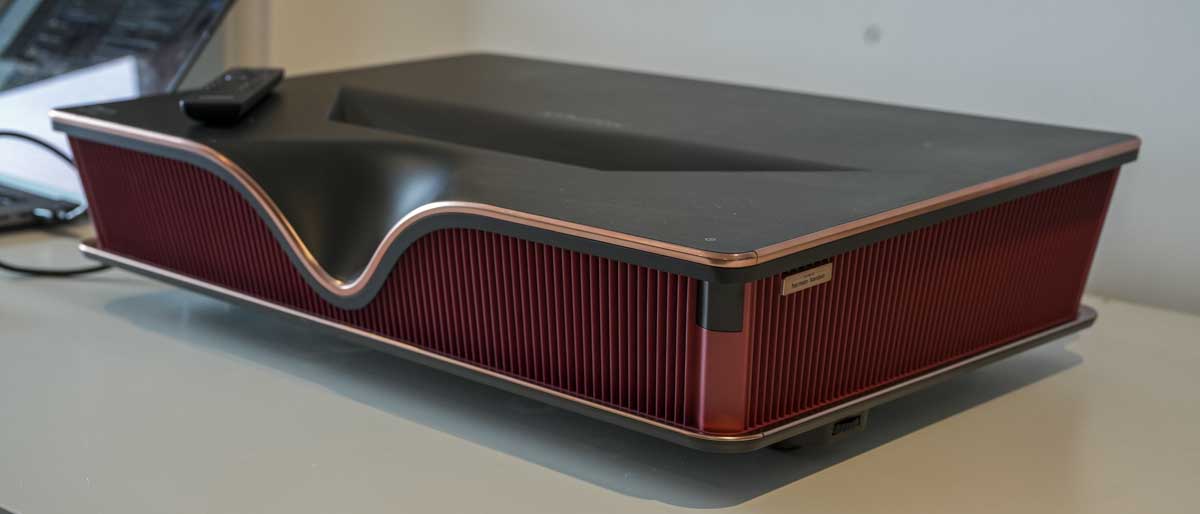On this day: Hasselblad launches first medium format mirrorless
When you use DPReview links to buy products, the site may earn a commission. We'd never before seen so much silicon wrapped up in such a small package Photo: Samuel Spencer The Hasselblad X1D beat Fujifilm to the market by three months in 2016 to become the first mirrorless medium format camera. It wasn't the first "affordable" (or, at least, sub-$10,000) medium format option: that credit goes to Pentax and its 645D and Z, but it was the first larger-than-full-frame digital camera to be designed as a self-contained ILC with no mirror. It was built around the same 50MP CMOS sensor as the 645Z, which also underpinned the Fujifilm GFX 50 models, producing some excellent image quality. Hasselblad's modern minimalist design was eye-catching, and the operability improved significantly through a series of firmware updates (though it never offered the mass-market slickness of the GFX models). One of the factors that allowed the Hasselblad to be so small was the decision to build leaf shutters into all the XCD lenses, rather than having a physical shutter in the camera body. This resulted in a camera that could sync with flashes all the way up to each lens's maximum shutter speed. Though this came at the cost both of higher lens prices and of polygonal bokeh, as the shutter/aperture mechanisms had relatively few blades. This second issue was somewhat resolved by an update that allowed the aperture to be opened a fraction beyond the widest listed value, so that the blades don't intrude on the image. Click here to see the nearly 200 photos we've published from the X1D Alongside the X1D came the first series of medium format lenses designed specifically for 44x33mm digital, giving some excellent results (to the point that moiré is a significant risk even when stopped-down to F5.6, given the lack of low-pass filter on the X1D's sensor). It also led to the only instance we've seen of a manufacturer referring to equivalent f-numbers. It's probably no surprise that it would be one of the only companies to solely produce larger than full-frame systems. We were in the fortunate position to borrow a Hasselblad, Pentax 645Z and Fujifilm GFX 50S at the same time and use them alongside one another, and looked at their comparative strengths and weaknesses. We hope to do something similar with the more refined 100MP cameras from Hasselblad and Fujifilm in the coming months.

 |
|
We'd never before seen so much silicon wrapped up in such a small package Photo: Samuel Spencer |
The Hasselblad X1D beat Fujifilm to the market by three months in 2016 to become the first mirrorless medium format camera. It wasn't the first "affordable" (or, at least, sub-$10,000) medium format option: that credit goes to Pentax and its 645D and Z, but it was the first larger-than-full-frame digital camera to be designed as a self-contained ILC with no mirror.
It was built around the same 50MP CMOS sensor as the 645Z, which also underpinned the Fujifilm GFX 50 models, producing some excellent image quality. Hasselblad's modern minimalist design was eye-catching, and the operability improved significantly through a series of firmware updates (though it never offered the mass-market slickness of the GFX models).
One of the factors that allowed the Hasselblad to be so small was the decision to build leaf shutters into all the XCD lenses, rather than having a physical shutter in the camera body. This resulted in a camera that could sync with flashes all the way up to each lens's maximum shutter speed. Though this came at the cost both of higher lens prices and of polygonal bokeh, as the shutter/aperture mechanisms had relatively few blades. This second issue was somewhat resolved by an update that allowed the aperture to be opened a fraction beyond the widest listed value, so that the blades don't intrude on the image.
Click here to see the nearly 200 photos we've published from the X1D
Alongside the X1D came the first series of medium format lenses designed specifically for 44x33mm digital, giving some excellent results (to the point that moiré is a significant risk even when stopped-down to F5.6, given the lack of low-pass filter on the X1D's sensor). It also led to the only instance we've seen of a manufacturer referring to equivalent f-numbers. It's probably no surprise that it would be one of the only companies to solely produce larger than full-frame systems.
We were in the fortunate position to borrow a Hasselblad, Pentax 645Z and Fujifilm GFX 50S at the same time and use them alongside one another, and looked at their comparative strengths and weaknesses. We hope to do something similar with the more refined 100MP cameras from Hasselblad and Fujifilm in the coming months.
